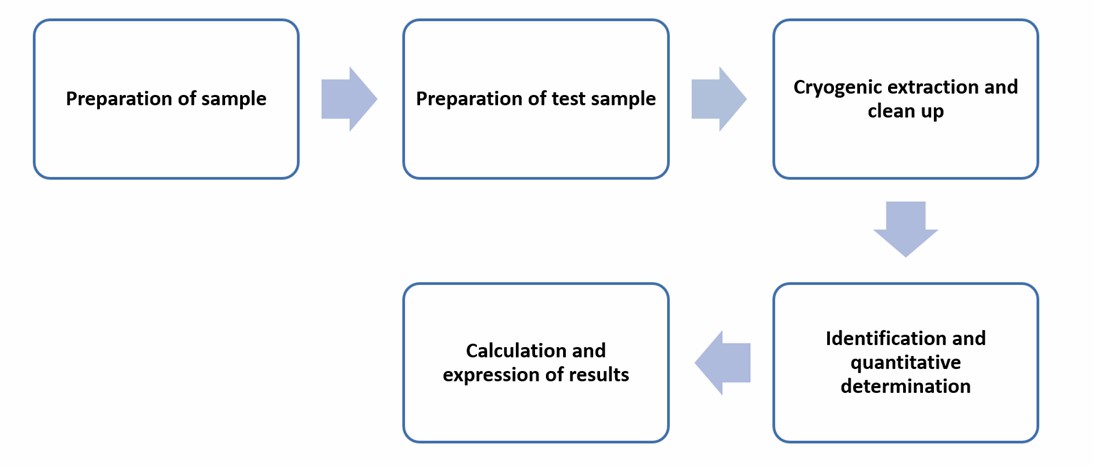For decades, the use of organochlorine pesticides (OCPs) and polychlorinated biphenyls (PCBs) has contaminated the environment and thus has also contaminated the milk. Lifeasible helps detect their residues in milk and milk products.
Determination of OCPs and PCBs residues in milk and milk products is essential. OPCs are a group of chemicals that were widely used as insecticides in the past. PCBs are a group of man-made chemicals that are used in a variety of industrial applications. Due to their persistence in the environment and their ability to bioaccumulate in the food chain, their residues remain a critical environmental and safety concern. Accumulating OCPs and PCBs in humans can lead to multiple health problems. For example, OCPs have destructive effects on the endocrine, reproductive, and immune systems and have the risk of causing cancer. Lifeasible helps determine OCPs and PCBs to help ensure that milk and milk products are safe for consumption.
 Fig. 1 Structure of several OCPs (Based on Qi et al., 2022).
Fig. 1 Structure of several OCPs (Based on Qi et al., 2022).
We take international standards as the main reference to help detect organochlorine compounds. We can help detect them in various milk and milk products, including milk, evaporated milk, sweetened condensed milk, powdered milk products, butter, butterfat, and cheese.
Determination of OCPs by gas-liquid chromatography(GLC)
Based on GLC, we can help detect various OCPs, including α-hexachlorocyclohexane (α-HCH), β-hexachlorocyclohexane (β-HCH), γ-hexachlorocyclohexane (γ-HCH), aldrin, dieldrin, heptachlor, heptachlorepoxide, isomers of dichloro-diphenyl-trichloroethane (DDT), isomers of dichloro-diphenyl-dichloroethylene (DDE), isomers of dichloro diphenyl dichloroethane (DDD/TDE), chlordane, oxychlordane, endrin, δ-ketoendrin, and hexachlorobenzene (CHB). For samples containing higher concentrations of PCBs, the method is not highly applicable.
The method requires the extraction of OCPs from the sample using an appropriate solvent. The interfering substances are subsequently removed from the extract to obtain a solution of the extracted residue in a solvent.
Operation flow:

Main reference standards:
ISO 3890-1:2009
ISO 3890-2:2009
Determination of OCPs and PCBs by capillary GLC with electron-capture detection
The method is suitable for the determination of OCPs and PCBs and enables the determination of levels of specific OCPs down to 5 µg of OCP per kilogram of fat and PCBs down to 2.5 µg of PCB of fat. For samples containing higher concentrations of PCBs, the method is applicable.
This method uses trans-nonachlor as an internal standard. The method requires the extraction of the fat and organochlorine compounds from the sample, followed by the isolation of the organochlorine compounds by cryogenic extraction and solid-phase extraction. The eluate is then concentrated and dissolved in an appropriate volume of n-hexane. Finally, the organochlorine compounds are quantified by capillary GLC with electron-capture detection.
Operation flow:

Main reference standard:
ISO 8260:2008
Milk and milk products are vital foods for human consumption. It is essential to ensure the safety of milk and milk products Lifeasible provides professional testing services to help determine organochlorine compound residues in milk and milk products, including OCPs and PCBs. Please do not hesitate to contact us.
References
Lifeasible has established a one-stop service platform for plants. In addition to obtaining customized solutions for plant genetic engineering, customers can also conduct follow-up analysis and research on plants through our analysis platform. The analytical services we provide include but are not limited to the following:
July 13, 2024